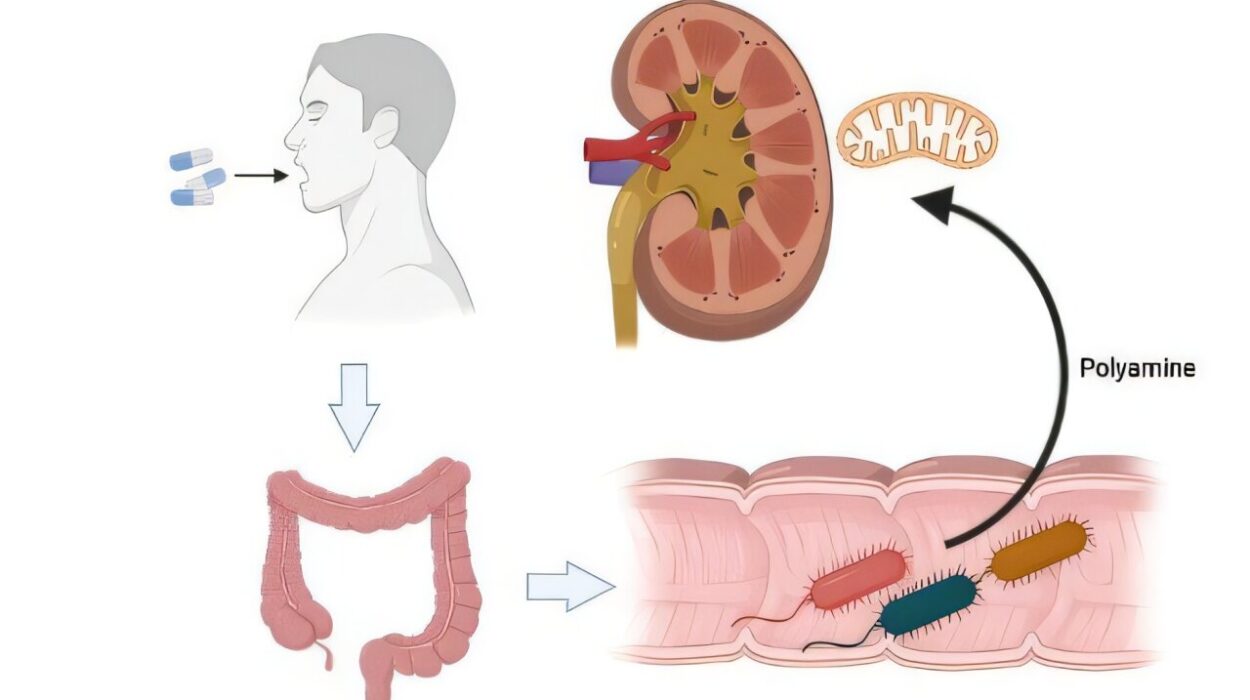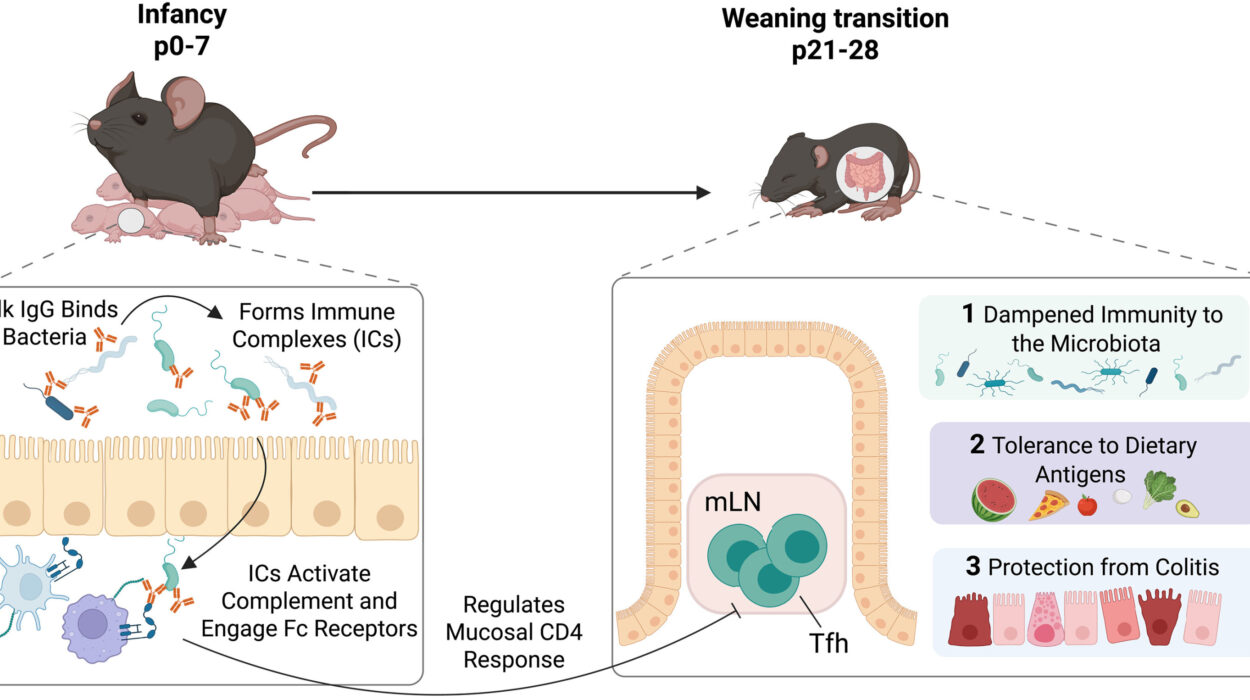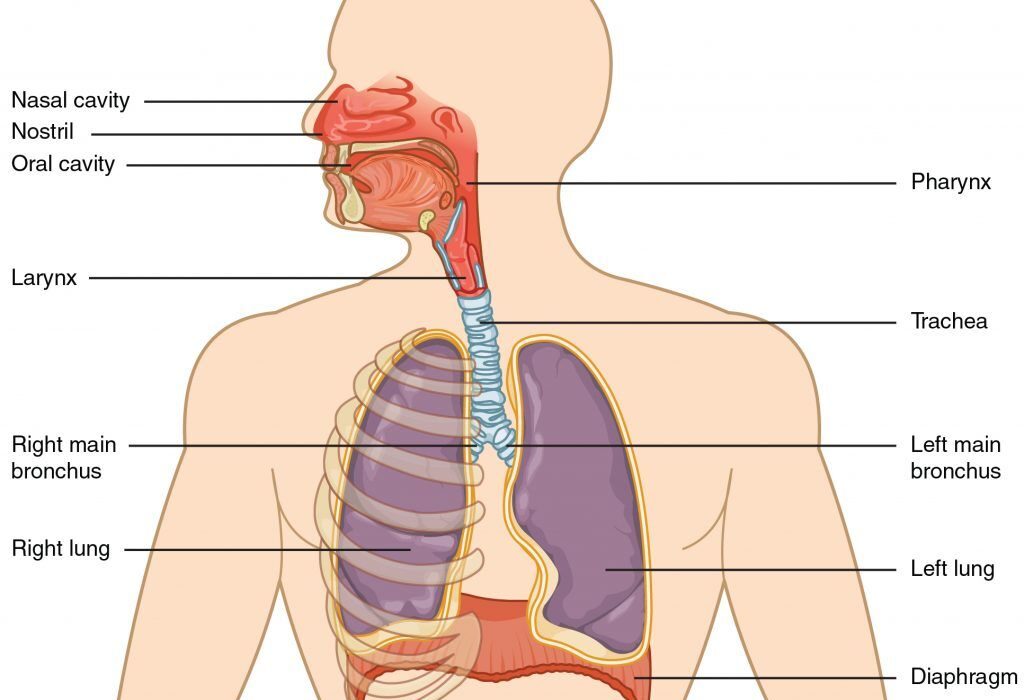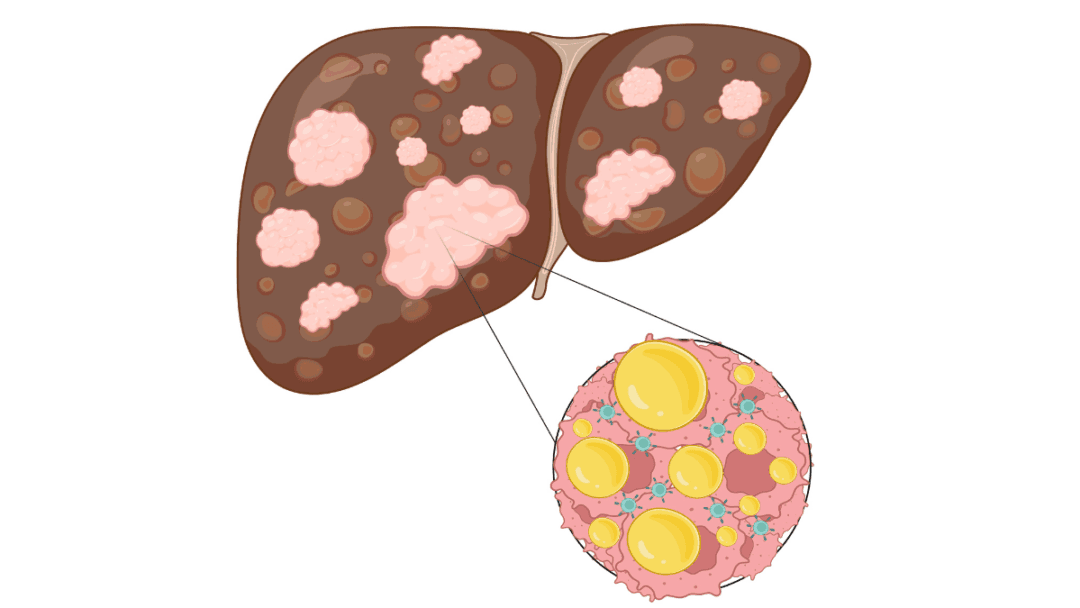For decades, Alzheimer’s research has been dominated by a fierce debate: Do the destructive amyloids—A-beta and tau—hold the key to unraveling age-related cognitive decline? These sticky, misshapen proteins were once considered the primary offenders, clogging the brain’s neural networks and triggering devastating conditions like Alzheimer’s and dementia. But a new study suggests that the full story may be far more complicated—and that these amyloids might not be acting alone.
In groundbreaking research from Johns Hopkins University, a team of scientists has uncovered a vast network of misfolded proteins in rats, more than 200 of which may be contributing to cognitive decline. This new discovery could pave the way for a deeper understanding of how aging impacts the brain—and, potentially, new therapeutic targets for diseases that strip millions of older adults of their memories and independence.
The Hidden Complexity of the Aging Brain
For years, amyloids—especially A-beta and tau—have been the poster children for Alzheimer’s research. These proteins misfold and clump together into plaques that interfere with the brain’s ability to function. Yet, according to Stephen Fried, an assistant professor of chemistry and protein scientist at Johns Hopkins, amyloids might only be the “tip of the iceberg.”
“Amyloids are big and ugly, and easy to see under the microscope,” Fried explains. “But we’re finding that hundreds of proteins misfold in ways that don’t form clumps like amyloids, yet still seem to impact brain function in significant ways.”
Fried and his team have made a striking discovery in their study, published in Science Advances. They identified over 200 misfolded proteins in rats that appear to be connected to age-related cognitive decline. Unlike amyloids, these proteins don’t form clumps but still seem to play a role in weakening cognitive abilities as the brain ages.
The findings could revolutionize the way scientists approach Alzheimer’s and other age-related neurological diseases. “Our research suggests that misfolded proteins may be causing problems in ways we hadn’t previously understood,” says Fried. “This could lead to new treatments and even preventive measures for conditions like Alzheimer’s.”
The Rat Study: An Insight into Aging and Cognition
The team’s breakthrough came from studying the brains of 17 two-year-old rats, the equivalent of elderly humans. These rats, raised in the same colony, were subjected to a series of memory and problem-solving tests to assess their cognitive health.
The results were clear: seven of the rats showed signs of cognitive decline, struggling to solve problems and remember tasks, while the other 10 rats performed just as well as six-month-old rats. This stark difference in performance allowed the researchers to explore what was happening at the molecular level in these two groups.
By examining more than 2,500 types of protein in the hippocampus—the brain region associated with learning and memory—the researchers discovered a fascinating pattern. For the first time, scientists were able to determine whether individual proteins were misfolded, providing insight into the proteins that were disrupted in the aging brain.
More than 200 proteins were misfolded in the cognitively impaired rats but not in their cognitively healthy counterparts. This finding strongly suggests that these misfolded proteins are contributing to cognitive decline, even though they don’t clump together in the way amyloids do.
Misfolded Proteins: A New Frontier
Misfolded proteins are often seen as the villains in the brain, causing cellular dysfunction and damage. Cells have sophisticated mechanisms to identify and destroy misfolded proteins, preventing them from wreaking havoc. But the new research suggests that many of these proteins are managing to escape the cell’s surveillance system.
Fried explains, “We think there are a lot of proteins that can misfold and not form amyloids, but still be problematic. And these proteins seem to be slipping past the brain’s natural defenses.”
The question now is: how do these misfolded proteins evade detection by the cell’s quality control system? This remains one of the most intriguing mysteries of the study. Researchers are working to answer that question by looking at misfolded proteins under high-resolution microscopes to better understand their molecular deformities.
A New Hope for Alzheimer’s Treatment
The implications of this study are profound. For years, amyloids have been at the center of Alzheimer’s research, leading to treatments that target the plaques and tangles they form. But as the study shows, the misfolded proteins that don’t clump together could be just as important—if not more so—in understanding cognitive decline.
The discovery opens up new avenues for therapeutic development. If scientists can develop ways to prevent or repair the misfolding of these proteins, it could help slow or even reverse the effects of aging on the brain. And because these misfolded proteins are not tied to the formation of amyloid plaques, therapies targeting them might be effective in treating a broader range of cognitive disorders, including other forms of dementia that don’t involve amyloids.
“We’re in the very early stages, but the potential is enormous,” Fried says. “If we can understand how these proteins misfold and why they escape the brain’s natural defenses, we may be able to intervene in a way that has a profound impact on the millions of people living with cognitive decline.”
A Future of Hope for Aging Populations
As Fried reflects on the human side of his research, the urgency becomes personal. “A lot of us have experienced a loved one or a relative who has become less capable of doing those everyday tasks that require cognitive abilities,” he says. “Understanding what’s physically going on in the brain could lead to better treatments and preventive measures.”
This study offers a glimmer of hope to the millions of people over 65 who suffer from Alzheimer’s, dementia, and other neurodegenerative diseases. As scientists continue to unravel the complex world of misfolded proteins, new treatments may emerge that could help preserve memory and cognitive function for years to come.
The brain, it turns out, is far more intricate than we ever imagined—and as researchers continue their work, they may one day unlock the key to maintaining our minds as we age.
Reference: Haley Tarbox et al, Proteins with Cognition-Associated Structural Changes in a Rat Model of Aging Exhibit Reduced Refolding Capacity, Science Advances (2025). DOI: 10.1126/sciadv.adt3778. www.science.org/doi/10.1126/sciadv.adt3778






